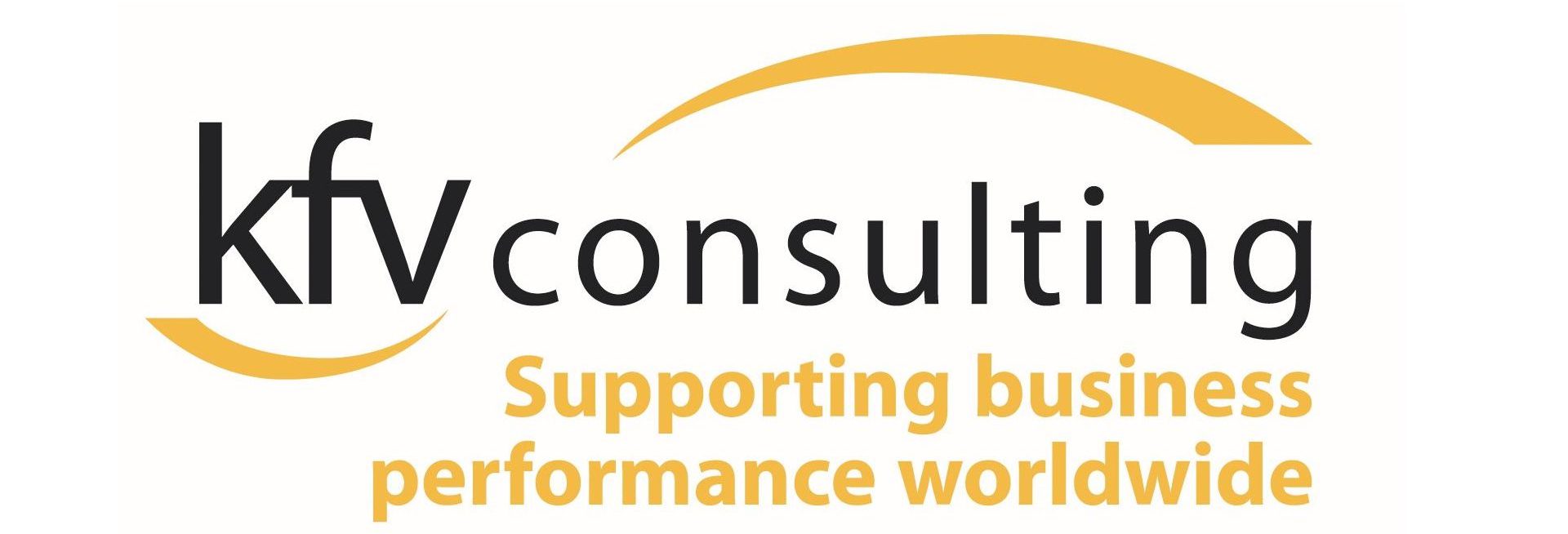How does your leadership measure up?
Issues covered:
Are you a collaborative leader? When your company is facing change and the pressure is growing, will your teamwork skills be up to the task?
In theory, we all know that we make better decisions through collaboration. Yet the real test of a leader’s collaborative skills will be when they have to deal with business change especially in these days of increasing globalisation and digitalisation. The entire management team will be taken apart and rebuilt. In addition, in situations such as the acquisition of a new business or starting a joint venture, the different corporate and country cultures may need a settling in period.
In such potentially challenging situations, a successful outcome will depend on the smooth integration of systems and processes. Most important, often forgotten, is also the need to smoothly integrate the cultural and customer aspects of the business. Just one of these four ingredient s – systems, processes, culture and customer orientation – can be a deal breaker.
Enrolling the people and building collaboration between decision makers will be key factors in success. Collaborative skills need to be learned, they are not a given quality. They include the ability to understand and empathise with another person’s point of view, anticipating how someone may react to certain events as well creating another crucial element – trust. These are all skills that can be learned. They should be incorporated into the Competency frameworks you apply to your talent management and succession planning processes.
Culture clash?
One of our clients acquired two smaller companies in different countries to fulfil its global expansion plans. The numbers made sense but the integration of cultural differences and management styles proved more complex. One of the companies felt that they were losing their identity. Additional issues included different organisational approaches to dress, working patterns and communications. We facilitated sessions between both management teams to understand they key issues and how value could be created by joining the two brands. .
As all three of the organisations were from different global regions, not only were systems and processes somewhat different, methods of dealing with customers were dissimilar. In addition, basic working practises and patterns were also diverse. We worked with the management teams from all the organisations and focussed on the desired business outcomes. From this starting point, we worked back through the underlying behaviours, systems and processes which would underpin these business outcomes.
Questions of international co-operation and improved business performance are all too often seen as technical, structural or individual in nature. One of the reasons why so many solutions do not work or cannot be implemented is because differences in thinking and culture have been ignored.
During the training, we worked on a one to one or group basis with leadership teams to understand the business and customer process flow. Culturally we also added the impact to the customer of criteria such as
- Measuring the corporate culture. Corporate behaviours, especially in an East-West context is significant and its impact cannot be underestimated
- Understanding the relative importance of the individual compared to the collective
- Gender and diversity issues
- Attitude to uncertainty
- Approach to time
- Business approaches to strategy
- Intended versus unintended conflict
- Communication
- Improving virtual communication across time zones
The work was undertaken in an experiential way using business with, case studies and interactive exercises.
This is not just for larger companies.
In smaller companies, collaboration can be even more important. It can also be more challenging as team working will happen in different ways. In large organisations, job roles are clearly defined with roles and responsibilities falling into specific areas such as HR, Operations, and Finance. In a smaller business, leaders need to understand all areas of activity.
In these situations, collaboration means spending regular, quality time with other leaders. They should focus on the vision, discuss the business, and split the tasks effectively between all parties. The end result should be even greater knowledge about the business and increased passion about what they do.
Consensual leadership
Collaborating does not mean everyone gets to decide. Consensual leadership is probably the most accurate way to describe the process. Ultimately, having consulted widely and taken the views of others, the leader must still make the decision.
As an example, I would like to refer to a second Client organisation in the energy sector. We were brought in by the new leader to facilitate a major change in the organisation. Performance was decreasing; safety issues and Lost Time Incidents (LTIs) were rising.
We showed the new leader a selection of methods to develop people power and foster a culture where every employee had the opportunity to excel. The effect was immediate, within three months, employees had provided suggestions that led to a reduction in downtime and $30millionUSD being saved immediately. Within two years Production had increased to 98%.
As a Leader, his first task was to assemble a senior management team to pull in the same direction. He knew that there were significant differences in their approach. As a leader, he needed to be sure that his senior people would pull in the same direction and have the staying power to stand their ground. They needed to be clear about the organisational vision, about their individual roles and on the same wavelength.
At the start, some of the team had their doubts. They needed persuading that the vision was possible. At this stage, our Leader stuck to the plan. His team needed assistance in developing their management skills – many had been promoted because of their engineering and technical skills not their people management abilities. We assisted the organisation in developing a Competency Framework which reinforced the desired organisational behaviours. We then had to work with the team to understand precisely how this should feed into employee appraisals and new appointments.
Three years later, with consistently excellent performance across the board, our Client became the target of a successful acquisition by a company looking to grow its international portfolio. And so the cycle continues…
This article is correct at 30/03/2016

